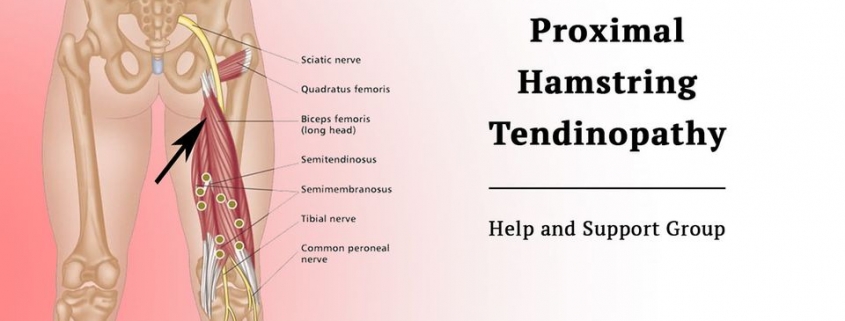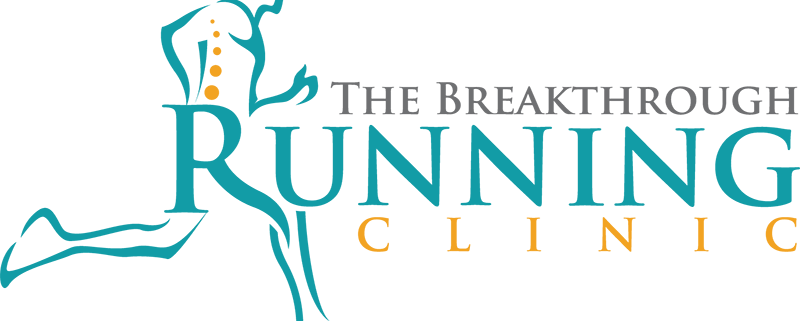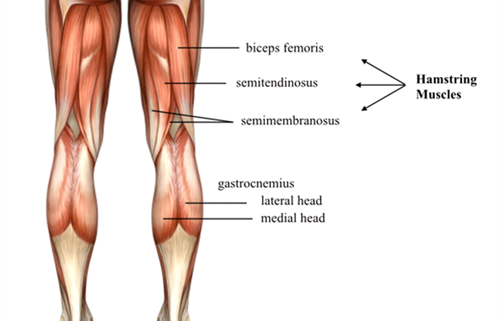
Apart from the pain and frustration, one of the biggest challenges with proximal hamstring tendinopathy is sitting.
Your upper body weight pushes through your hamstring tendons. However, your semimembranosus hamstring tendon is copping most of the pressure due to it’s position.
There’s three tendon parts attaching the three hamstring muscles to the ischial tuberosity (area of the pelvis).
My semimembranosus tendons (my case was bi-lateral) were the affected parts. I had a paperless desk job. So no reason to get up and walk about. 10 Hours of sitting a day plus driving to and from work equalled 12 hours of sitting.
After 3 months of the paperless job, my proximal hamstring tendons were a 7 – 8/10 on the VAS scale and I could hardly sit. I continued to drive to work for another 6 months and stood at my desk all day.
Standing for long periods of time is not a good idea. Too much of any activity will put a strain on groups of muscles and tendons, potentially causing more injuries.
I asked for a better chair and an up down desk which wasn’t forthcoming so had no option but to go off sick as I was unable to continue.
The next two years were spent standing as I could no longer sit down at all and having exhausted treatments available in the UK, after hours and hours of research, I flew to Finland and had a bi-lateral proximal hamstring tenotomy.
Don’t despair, most people recover before surgery becomes an option. Surgery is the absolute last resort.
My surgery was successful. Just a side note, Finland is a wonderful country and so too it’s people. We had a great time and want to go back and see some more of it.
However, my re-hab at home was not so good so I’m still recovering…. forever hopeful.
There are things you can do to help you sit and ease your pain.
Sit on a thick spongy, pillow or cushion. Carry this about with you. Take it to work and use it for driving. Heads-up here, obviously it puts you in a different driving position so take it easy to start with. Take time to adjust.
You can buy a cushion/seat pad on Amazon designed for PHT. There’s holes cut out for the sit bones (ischial tuberosities). However, people have said it’s chance if the holes line up in the right position for your bone structure and it’s quite pricey. On the flip side, others have found it helped with their recovery and rated it highly.
www.amazon.co.uk/WER-Tuberosity-Bones-Washable-Breathable-Travelling/dp/B01NCTEA1U/ref=sr_1_cc_1?s=aps&ie=UTF8&qid=1535278928&sr=1-1-catcorr&keywords=ischial+tuberosity+cushions
As an alternative, people buy gardening kneeling cushions, measure up and cut their own holes. This apparently has worked very well and is a cheaper option.
Another pain reliever is the Wondergel seat pad. Community member recommeded:
https://www.amazon.co.uk/WonderGel-Wondergel-Doublegel-Seat-Cushion/dp/B00NOGIGKS
Don’t sit for longer than 15 – 20 mins without getting up and walking about. This takes practice, especially at work. You get into what you’re doing and before you realise, an hour or more has gone by.
Standing takes the pressure off your tendons, allowing blood through and walking about causes the blood to flow quicker, taking oxygen and nutrients to the injured area and toxins away. However, standing all day isn’t good for you either so mix sitting, standing and walking about if you can.
Ask for or purchase an up/down desk.
This one has been recommended by a member of the Facebook PHT community:
https://www.amazon.co.uk/Office-Fitness-Height-adjustable-Workstation-Adjustable/dp/B018M00VXA
Price £79.99 UK
If you want something ergonomic, portable and are concerned about the environment, try these natural products made by carpenters and cabinet makers and sold by Deskstand, Cape Town. This company also comes recommended by a PHT member so tried and tested!
https://www.deskstand.com/
I noticed an improvement in the quality of my tendons after using a pillow. They felt less ropy so these measures can help with recovery.
I also used a simple pacing and grading Word table after I hadn’t sat for two years. If you don’t sit on your tendons, they become deconditioned. So I started at 30 seconds on a soft surface, then a minute and increased the time every two days by 30 seconds, until I reached 10 minutes. Then I went up by a minute every two days and brought in a slightly harder surface alongside starting at 30 seconds with that. If you don’t want this hassle, don’t stop sitting completely.
Keep your water levels up and don’t skip meals…. more reasons to get up.
Talk to other people with PHT to understand how they manage sitting: https://www.facebook.com/ProximalHamstringTendinopathy
Hope this helps with improving your pain levels and your recovery.







